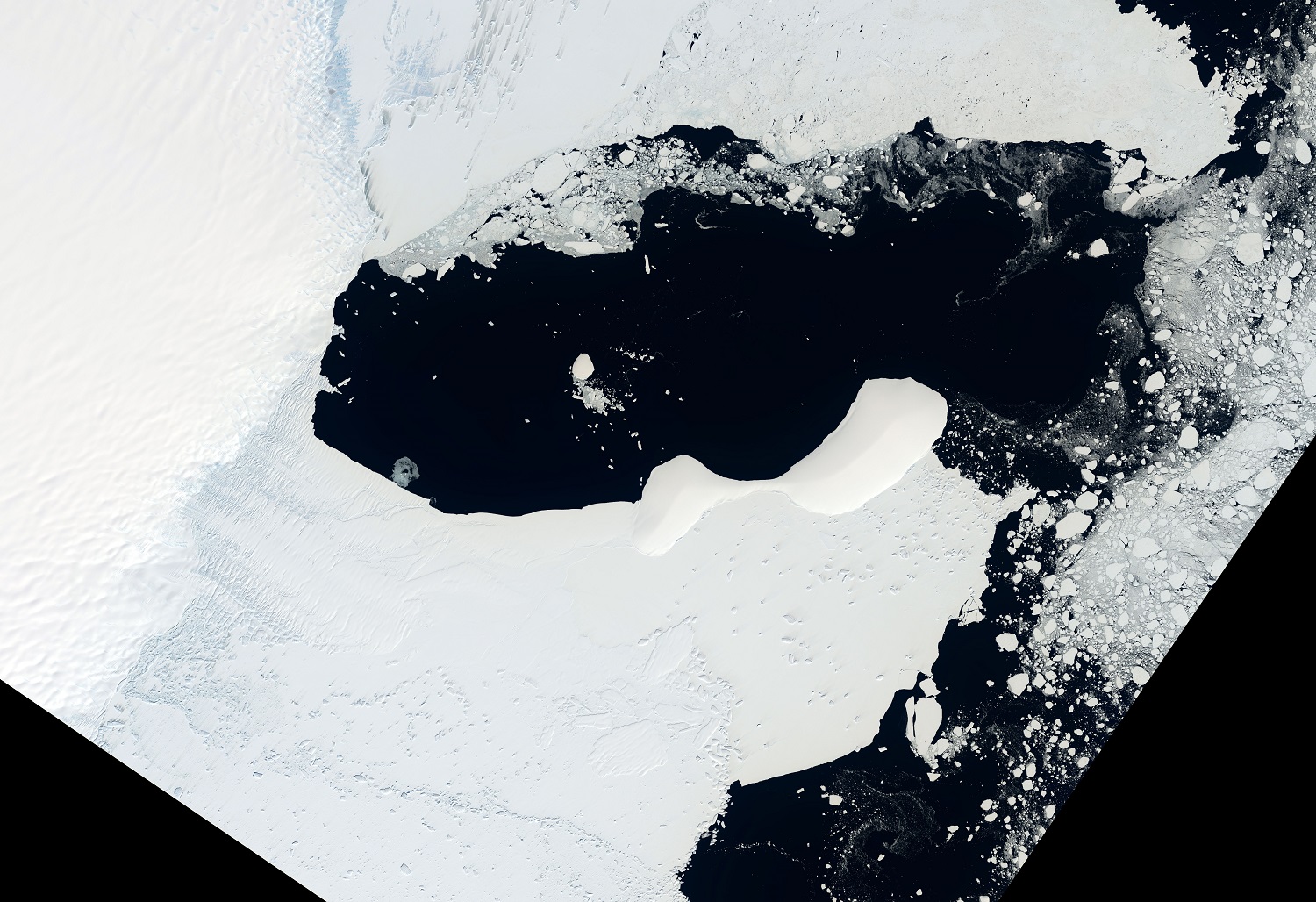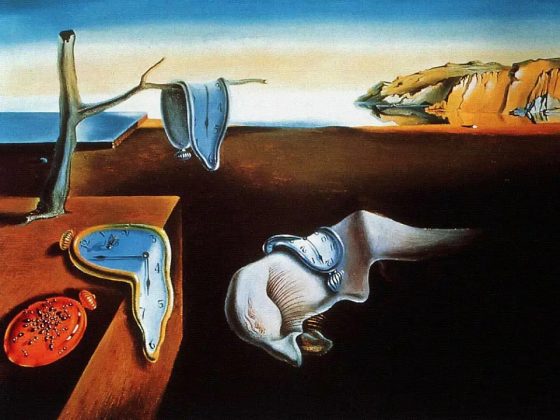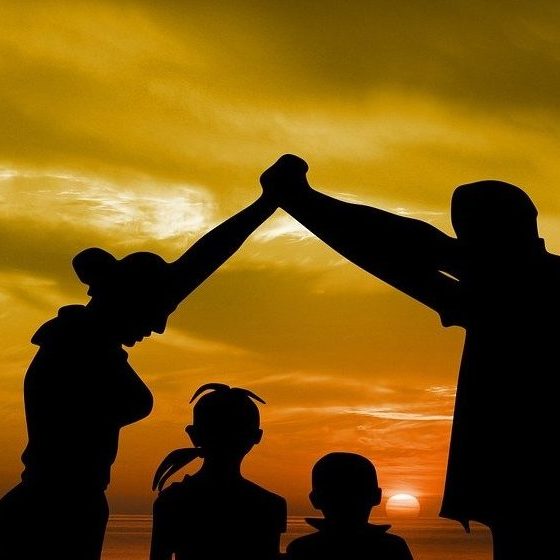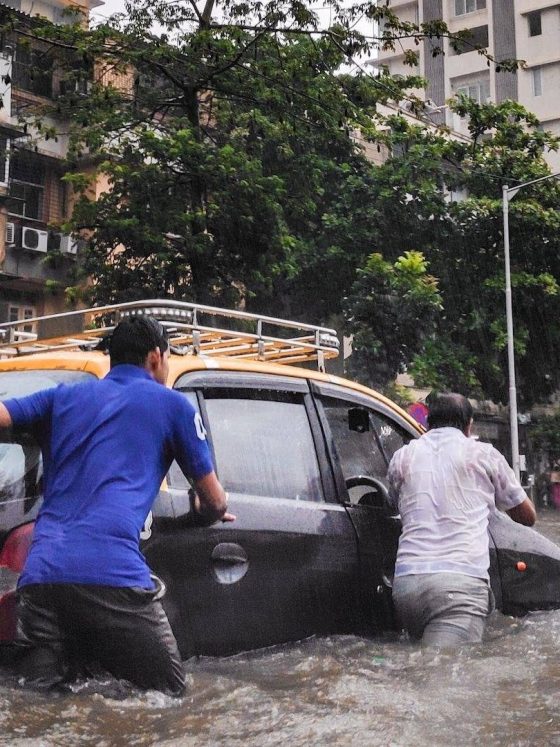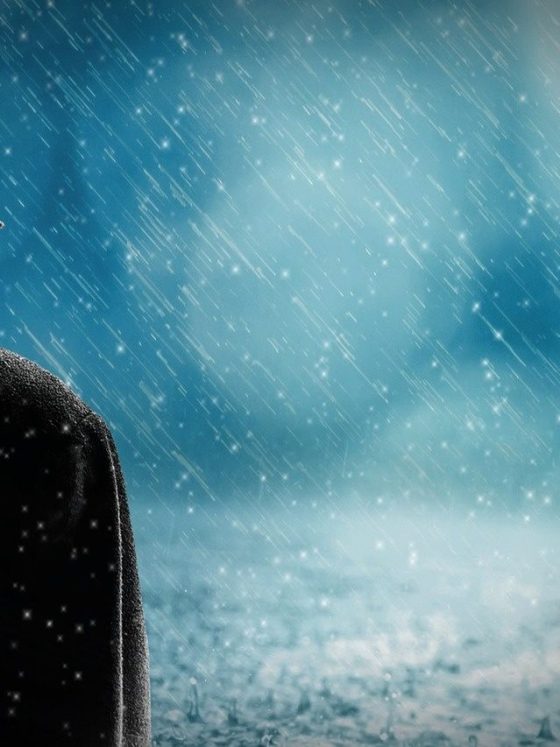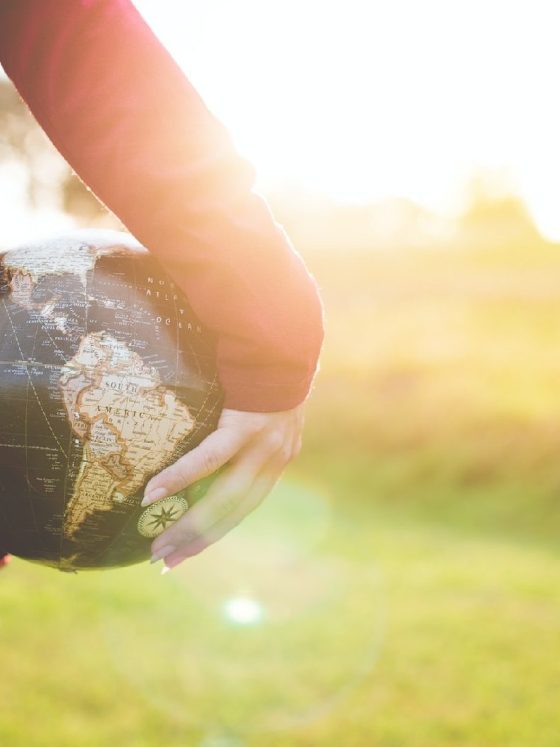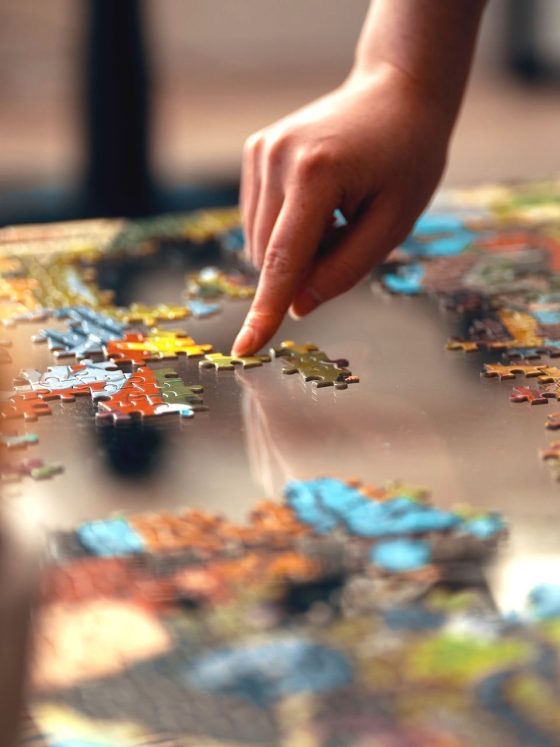“When temperatures in Antarctica soared to 38 degrees Celsius above normal—around 70 Fahrenheit—in March, a teetering ice shelf the size of Los Angeles collapsed,” wrote CNN.
“The heat rushed in through what’s known as an atmospheric river,” the story continued, “a long plume of moisture that transports warm air and water vapor from the tropics to other parts of the Earth. … these ‘rivers in the sky’—which dump rain and snow when they make landfall—are also causing extreme temperatures, surface melt, sea-ice disintegration and large ocean swells which are destabilizing ice shelves on the Antarctic Peninsula.” Every time disaster strikes, we search for its immediate cause. This is how we avoid acknowledging the real cause of our adversities: human nature.
It is not only the climate that is becoming inhospitable. It is also the disappearing forests and the raging plagues that are telling us, “You are the menace! You are the plague! You have worn out your welcome!” Scientists warn that if we do not curb global warming, we will lose our coastal cities. I think it is far worse than that: Our entire planet will become uninhabitable for humans through our own making. Earth seems to be disgusted with us.
“We are told that this is happening because we pollute the air, water, and soil, destroy forests, hunt other species to extinction, and extract from the earth much more than it can give without collapsing the entire ecosystem. These are certainly flaws in our behavior, but there is a reason we behave this way. Our prime crime is our attitude toward each other.”
We are told that this is happening because we pollute the air, water, and soil, destroy forests, hunt other species to extinction, and extract from the earth much more than it can give without collapsing the entire ecosystem. These are certainly flaws in our behavior, but there is a reason we behave this way. Our prime crime is our attitude toward each other.
Whatever harm we do to Earth, we do it ten times worse to one another. The harm that we inflict on Earth is part of our efforts to inflict harm on other people and nations; it is another facet of our battle against each other. If we stop fighting each other, we will also stop destroying our common home, and nature will recuperate and become friendly toward us once again.
“Whatever harm we do to Earth, we do it ten times worse to one another. The harm that we inflict on Earth is part of our efforts to inflict harm on other people and nations; it is another facet of our battle against each other. If we stop fighting each other, we will also stop destroying our common home, and nature will recuperate and become friendly toward us once again.”
Granted, it is not easy to stop fighting one another when mistrust and hostility reign supreme. From nations to individuals, aggression and intimidation dominate, and indeed define our relationships. Yet, since Earth is already driving us out, we have no other choice but to change, if we want to survive.
It is a learning process, but it must begin with acknowledging that our problem is not that we are burning too much fossil fuels, eating too much meat, or soiling the ground and water with plastics. Our problem is that we are doing all those harms in order to hurt and destroy others, to overpower and subdue, to take pride and cater to our egos.
Once we acknowledge that our egoistic attitude to others is our root problem, we will be able to deal with it. We will teach ourselves to rise above our egos and work together. However, first we must stop deluding ourselves that rivers in the sky are drowning us. We are drowning in egoism, and this is our real problem.
Photo Caption:
Satellite Images Show Conger Ice Shelf’s Dramatic March Collapse Where: Antarctica When: 29 Mar 2022 Credit: NASA Earth Observatory. It is relatively common for ice shelves in Antarctica to spawn icebergs. It is less common for an ice shelf to completely disintegrate. In March 2022, an ice shelf in East Antarctica did both. The collapse has reshaped a part of the Antarctic landscape where coastal glacial ice was once thought to be stable. The change happened fast. At the start of March 2022, the floating shelf fed by the Glenzer and Conger glaciers was still intact. ,By the middle of the month, it had fallen apart. This image pair, from 9 January and 23 March acquired by the Operational Land Imager (OLI) on Landsat 8, shows the shelf before and after it disintegrated. “The whole shelf collapsed in just around two weeks,” said Christopher Shuman, a University of Maryland, Baltimore County, glaciologist based at NASA’s Goddard Space Flight Center. The icy remnants of both glacial shelf ice and adjacent sea ice dispersed from the waters around Bowman Island within weeks. “All of this took less than a month,” Shuman said. “It was quite the blowout.” The loss of an ice shelf is problematic because it can indirectly contribute to sea level rise. “Ice shelves are essentially the ‘safety band’ holding up the rest of the Antarctic Ice Sheet,” Walker said. When they collapse, the ice behind them can more quickly flow into the ocean. “And that is what raises sea levels.” By Antarctic standards, the ice shelf and glaciers that it held back are relatively small, so the impacts from the collapse are expected to be minimal. Scientists are more concerned about the location of the collapse. “All of the previous collapses have taken place in West Antarctica, not East Antarctica, which until recently has been thought of as relatively stable,” Walker said. “This is something like a dress rehearsal for what we could expect from other, more massive ice shelves if they continue to melt and destabilize. Then we’ll really be past the turnaround point in terms of slowing sea level rise.” REUTERS

